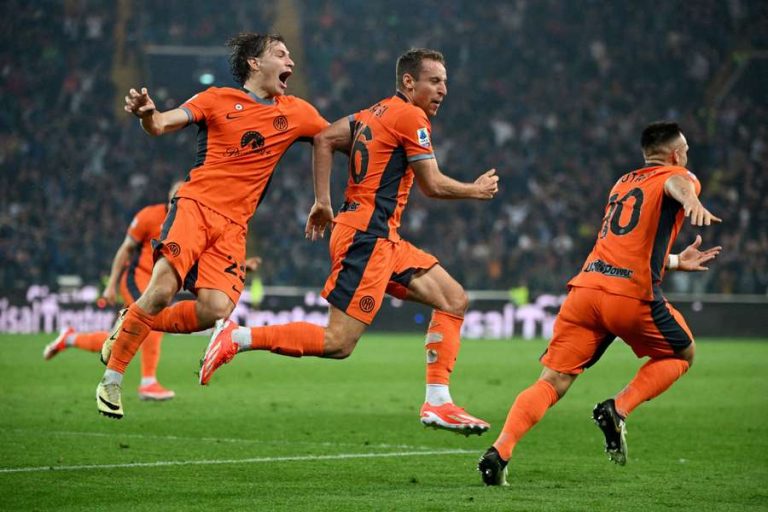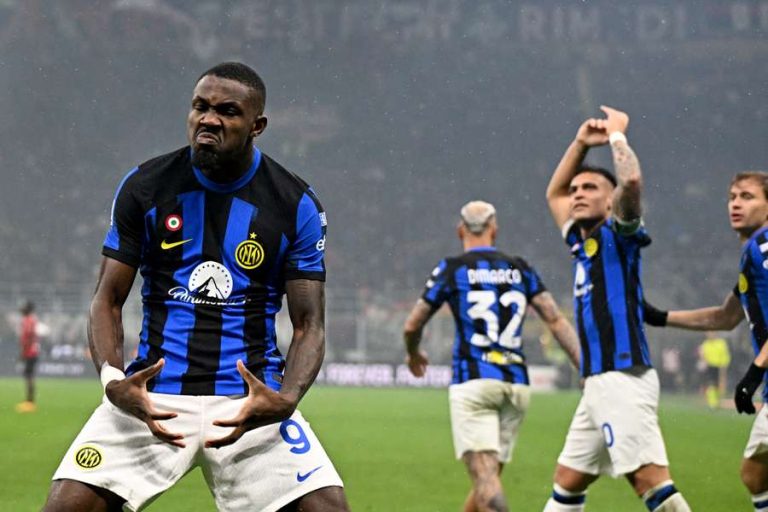Innovative Tactics Shine in Manchester United’s Thrilling FA Cup Triumph
Tribalfootball.com’s astute tactics analyst, Connor Holden, delivers a comprehensive review of Manchester United’s exhilarating 4-3 victory over Liverpool in the FA Cup quarter-final, hailing it as a timeless classic characterized by daring tactical maneuvers that unfolded over a gripping 120 minutes of action.
Amidst a riveting clash that etched its name in the annals of FA Cup history, spectators witnessed a spectacle adorned with seven goals, pioneering tactical strategies, and a conspicuous void in the Manchester United midfield. But what were the defining features of this enthralling encounter, and how did Manchester United emerge triumphant against Liverpool’s formidable challenge?
Here, we dissect the tactical intricacies that unfolded during the match, shedding light on Manchester United’s tactical supremacy and their effective game plan against Liverpool.
Manchester United’s Creative Tactics Lead to FA Cup Victory

Dalot’s Tactical Inversion: Seizing Control of Midfield
Manchester United commenced the match with a bold tactical approach, as exemplified by Diogo Dalot’s unconventional deployment as an inverted right-back. In the initial phase of build-up, Dalot assumed a midfield role, allowing Scott McTominay to advance higher up the pitch and exert pressure between the lines with his physicality and vertical movement. This strategic maneuver not only facilitated United’s counter-pressing efforts but also enabled them to assert dominance in midfield battles from the outset.
As depicted in the tactical setup, Dalot’s positional adjustment, coupled with McTominay’s advanced positioning, created a cohesive midfield unit comprising Bruno Fernandes and Kobbie Mainoo, thus thwarting Liverpool’s attempts to establish control in central areas.
However, as the first half progressed, signs of fatigue began to manifest within the United midfield, resulting in a slight decline in their compactness and cohesiveness. Consequently, gaps between players widened, providing Liverpool with exploitable spaces between the lines, leading to two goals before halftime.
Furthermore, Aaron Wan-Bissaka’s defensive role against Mohamed Salah underwent a transformation, as he initially succeeded in nullifying Salah’s threat but encountered difficulties as the game wore on, allowing Salah to exploit wider areas and receive the ball in more advantageous positions.
Bruno Fernandes’ Tactical Adaptation: Exploring New Dimensions
The latter stages of the match witnessed an intriguing tactical adjustment by Manchester United, as Bruno Fernandes assumed a deeper role akin to a center-back, while Harry Maguire ventured forward into advanced positions around the box. This innovative tactical maneuver aimed to capitalize on Fernandes’ playmaking abilities from deep, enabling him to orchestrate attacks and deliver incisive passes to Maguire and McTominay in advanced areas.
This tactical switch proved pivotal in United’s quest for an equalizer, as evidenced by their sustained pressure and eventual goal, which stemmed from McTominay’s hold-up play in midfield, leading to an opportunistic strike from Antony.
Fernandes’ deeper positioning not only facilitated a higher percentage of possession but also allowed United to optimize their physical presence in attacking areas, with Maguire and McTominay providing focal points for aerial duels and second-ball opportunities.
Conclusion: A Testament to Tactical Ingenuity
In retrospect, Manchester United’s exhilarating triumph over Liverpool epitomized the essence of an all-time FA Cup classic, characterized by late drama, goal-laden encounters, and tactical innovations that captivated audiences worldwide. Erik ten Hag’s strategic acumen and willingness to embrace attacking changes proved instrumental in United’s resurgence and eventual triumph, underscoring the significance of tactical astuteness in high-stakes encounters.
As the dust settles on a memorable FA Cup quarter-final, it becomes evident that Manchester United’s victory was not merely a triumph of skill and athleticism but also a testament to the power of tactical innovation and strategic adaptation in shaping the outcome of a pulsating contest. With echoes of Bruno Fernandes’ positional experimentation reverberating throughout the footballing world, one thing remains certain: the enduring allure of tactical mastery continues to enrich the beautiful game, leaving an indelible mark on its storied history.





